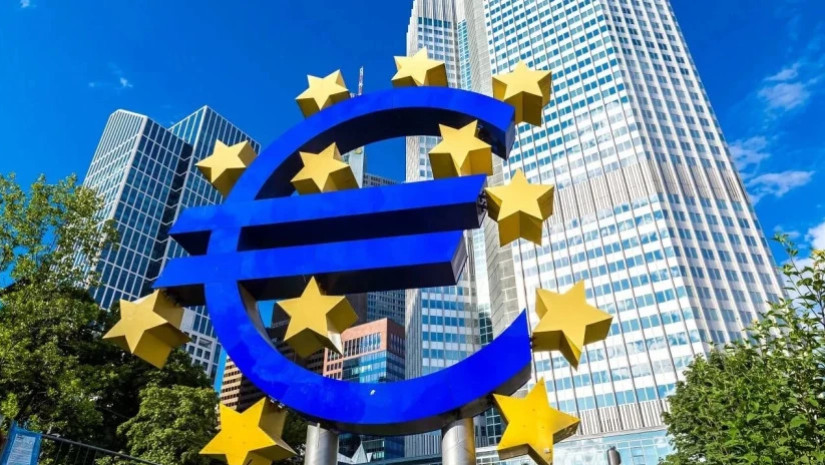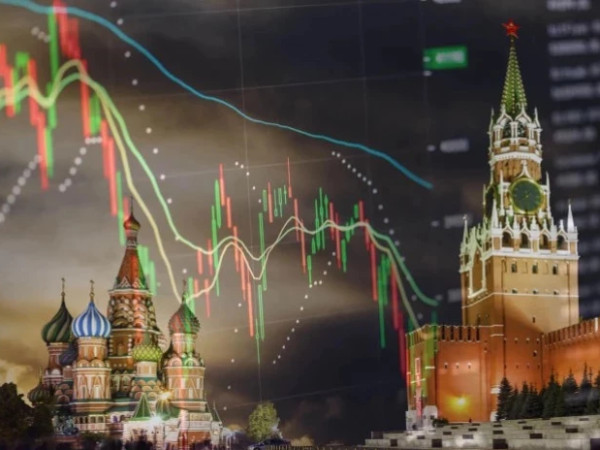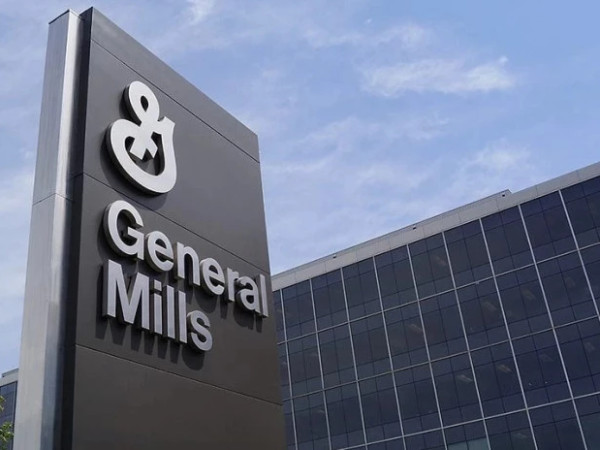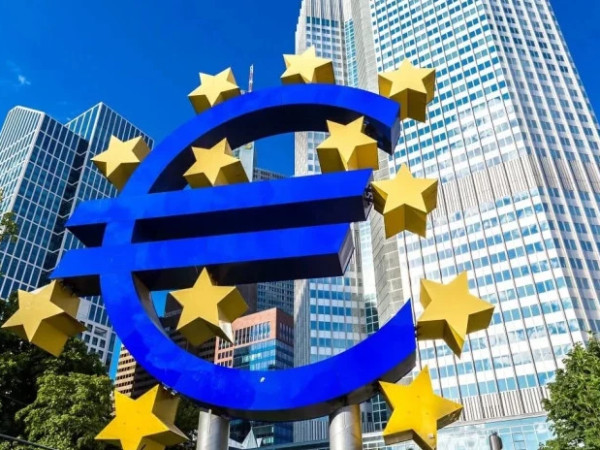Eurozone inflation rose to 2.2% in September, its highest in five months, driven by services and energy. Core inflation held at 2.3%, suggesting underlying pressures remain firm. The data reinforces the ECB’s stance to keep rates on hold for now.
Price pressures across the eurozone picked up pace in September, reaching their highest level since April, but the rise is unlikely to alter the European Central Bank's (ECB's) wait-and-see approach.
Annual inflation in the eurozone rose to 2.2% in September, up from 2.0% in August, according to Eurostat’s flash estimate. The reading was in line with economist expectations. On a month-on-month basis, prices edged up 0.1%, mirroring August's figure.
Core inflation, which excludes volatile food and energy prices, held steady at 2.3% for the fifth month running, offering reassurance that underlying price pressures are not gaining momentum, even as headline figures rise.
Among inflation’s key drivers, services led the pack with a 3.2% annual increase, slightly up from 3.1% in August.
Food, alcohol and tobacco prices rose 3.0%, easing from 3.2%, while non-energy industrial goods were stable at 0.8%. Energy prices continued to shrink, but at a slower rate, down 0.4%, compared to 2.0% in August.
Estonia posted the highest inflation rate at 5.2%, followed by Croatia and Slovakia at 4.6% each. At the other end of the spectrum, Cyprus recorded no annual change, and France saw a mild increase of 1.1%.
Monthly trends were more striking in some areas. Italy and Portugal led with price increases of 1.3% and 1.0% respectively, suggesting some localised acceleration.


















